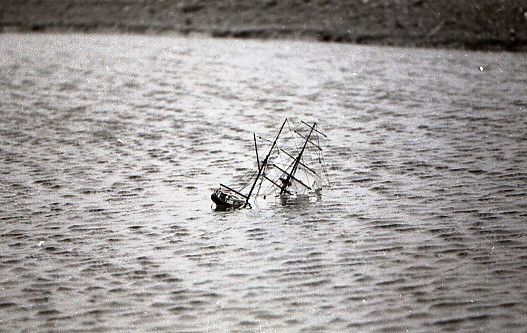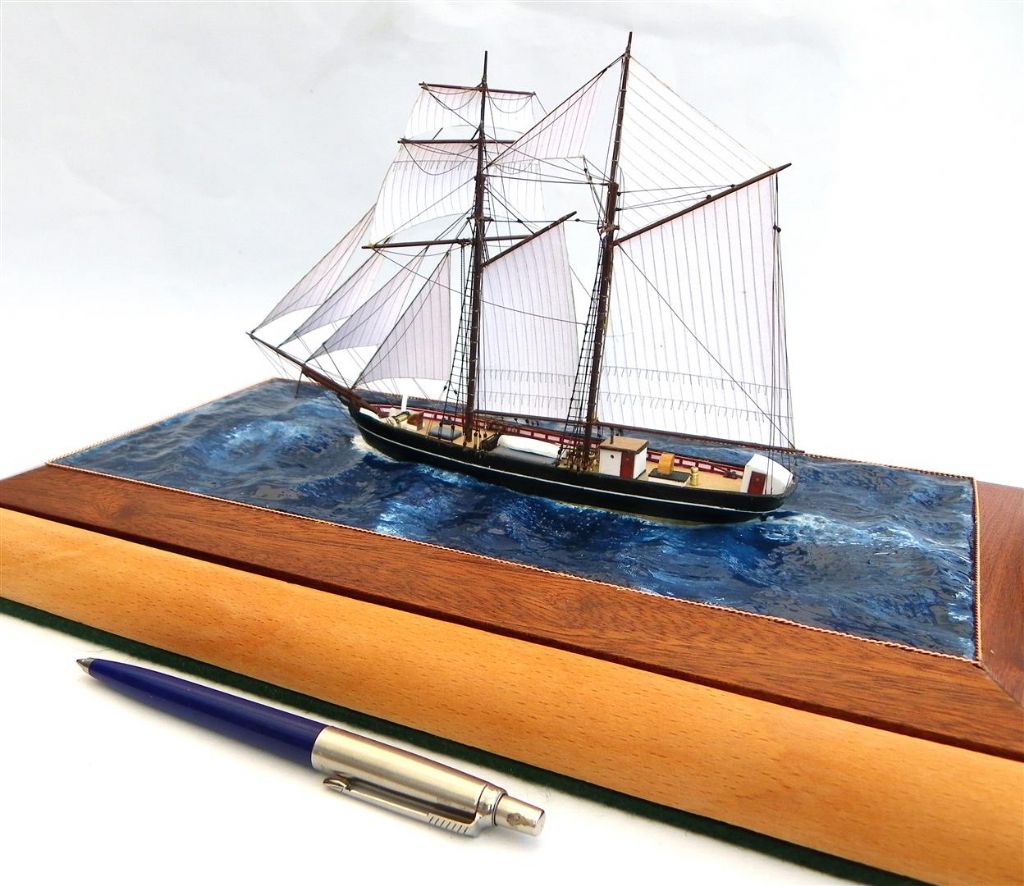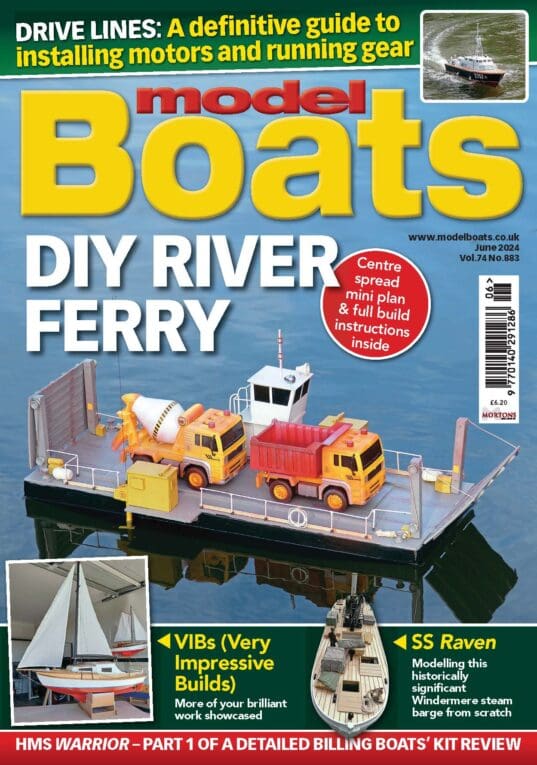If the wind was blowing at 100 mph, they would have taken in most of the sails long before it got to that severity. If, for some obscure reason, they did not take the sails in, they would split and blow away. It was mainly other factors that caused the loss of sailing ships such as collision, ice, pooping (taking a heavy sea over the stern which smashed the wheel, or washed the helmsman away! or broaching to ( bad steering getting the ship beam on to the wind.
It doesn't take much bad weather to sink a boat at the best of times! Titanic, Nelson, Argus, Invincible, however, were ships, (not boats)
Titanic, Nelson, Argus, Invincible, however, were ships, (not boats)  and could normally be expected to survive any weather conditions if properly handled, (even if not properly handled), but as we know, the Titanic was unfortunate enough to blunder into an iceberg that ripped a hole in it!
and could normally be expected to survive any weather conditions if properly handled, (even if not properly handled), but as we know, the Titanic was unfortunate enough to blunder into an iceberg that ripped a hole in it!
Bob







